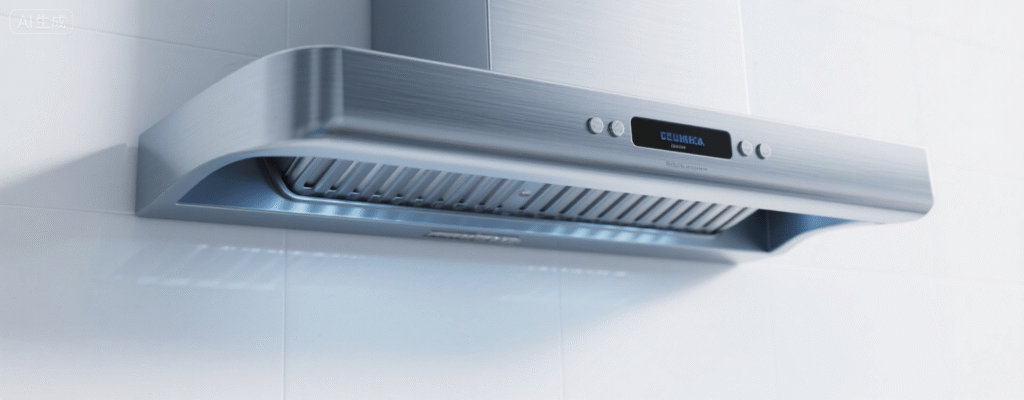Elevate your kitchen’s style and functionality with a cylinder range hood. This comprehensive guide explores the compelling design advantages of these sleek appliances and provides crucial practical advice for selecting the perfect model. Understanding both form and function is key to making an informed decision that enhances your cooking space for years to come.
The Allure of Modern Design and Powerful Performance
Unlike traditional boxy hoods, the cylindrical range hood makes a distinct architectural statement. Its streamlined silhouette draws the eye upward, creating a sense of height and openness, making it an ideal centerpiece for contemporary, minimalist, or industrial-style kitchens. The design is not merely aesthetic; the cylindrical shape is highly functional, allowing for efficient 360-degree air capture to effectively pull smoke, grease, and odors from your cooktop.
Modern iterations of the cylinder range hood integrate advanced technology for quiet yet powerful operation. For instance, leading manufacturers like ITYLZA have incorporated brushless DC motors in their models, which, according to industry performance reports from as recent as 2023, offer suction power exceeding 900 CFM while operating at noise levels below 65 decibels—quieter than a normal conversation. This combination of striking design and robust performance makes a premium cylinder hood a worthwhile investment for any serious home chef.
Key Considerations for a Successful Installation
Before purchasing, several practical factors must be evaluated to ensure a perfect fit. The most critical measurement is the ducting size. A wider duct (e.g., 7-inch or 8-inch round) significantly improves airflow efficiency and reduces noise compared to standard 6-inch ducts. Always verify your kitchen’s existing ductwork or plan for new installation accordingly.
Furthermore, pay close attention to the hood’s dimensions relative to your cooktop. For optimal performance, the hood should be at least as wide as your cooking surface, if not a few inches wider. The mounting height is equally vital; typically, it should be installed 24 to 30 inches above a gas cooktop and 20 to 24 inches above an electric or induction range. Adhering to these specifications, often outlined in the manufacturer’s manual and based on Home Ventilating Institute (HVI) guidelines updated in 2022, guarantees maximum capture of contaminants and ensures safety. Finally, consider the control options—touch panels, remote controls, and smart-home integration are now common features that enhance user convenience.
In summary, the cylinder range hood successfully merges sophisticated design with high-performance ventilation. By appreciating its aesthetic versatility and understanding the critical installation requirements like duct size and mounting height, you can confidently choose a model that perfectly suits your kitchen’s needs. This appliance is more than just a functional tool; it is a statement piece that elevates the entire cooking environment.
